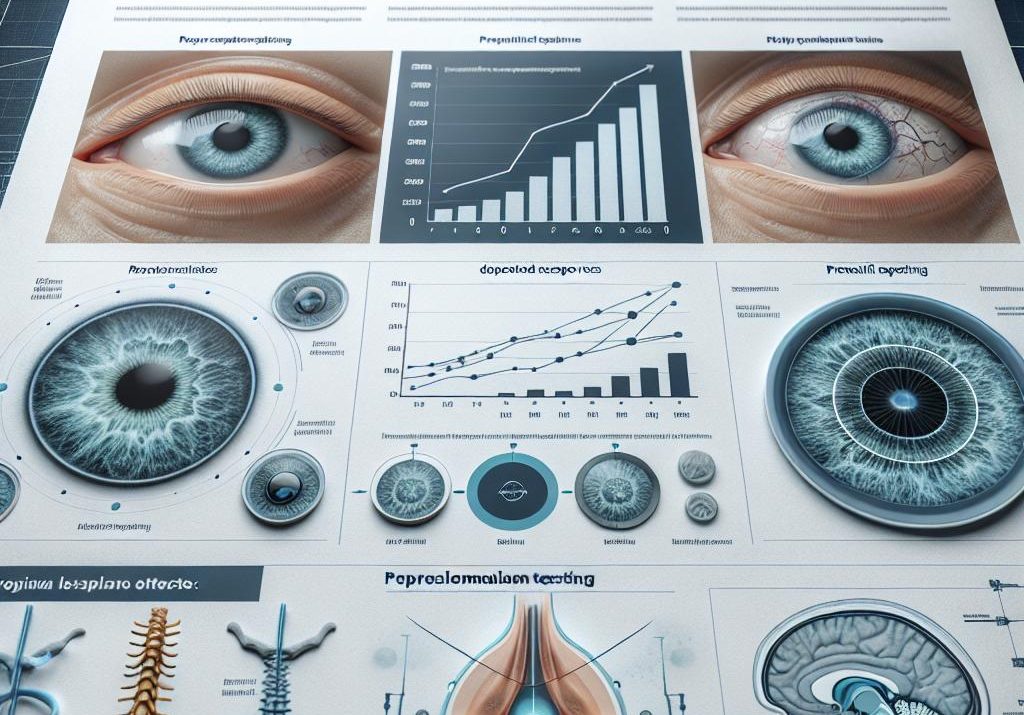Nurexone Biologic reported new preclinical data for ExoPTEN, an exosome-delivered siRNA therapy targeting PTEN, showing a reproducible, dose-dependent restoration of retinal function in an optic nerve crush model that mimics glaucoma. In studies run with the Goldschleger Eye Institute at Sheba Medical Center, extrachoroidal injections of ExoPTEN produced measurable gains in scotopic threshold response electroretinography, with high-dose cohorts approaching signal amplitudes seen in uninjured eyes. The company also moved to accelerate the expiry of approximately 8.2 million outstanding warrants, which, if fully exercised, would yield roughly C$3.2 million in gross proceeds, and extended a communications agreement through mid-2026.
The combination of functional readouts and clear dose response is the critical signal here. Neuroregeneration claims often stall at morphological endpoints; translation demands objective, dose-linked functional recovery that aligns with the mechanism. If ExoPTEN consistently converts structural preservation into visual function, exosome-based regenerative strategies may be edging from hypothesis to pharmacology. The strategic question is whether ophthalmology—long dominated by intraocular pressure control in glaucoma and vascular leakage in retinal disease—will finally see a credible neurorestorative modality with scalable delivery and manufacturable quality.
For patients and clinicians, the implications are substantial. Glaucoma remains a leading cause of irreversible blindness, and current standards of care slow damage rather than repair it. A therapy that restores retinal ganglion cell function would reshape treatment pathways, triaging patients not just by pressure or progression risk but by potential for recovery. Payers will demand robust, durable functional endpoints beyond surrogate measures, clarity on retreatment intervals, and evidence across diverse patient phenotypes. HCP adoption will hinge on procedural practicality of extrachoroidal delivery, safety in compromised eyes, and integration with existing regimens that reduce intraocular pressure. Competition, ExoPTEN would contend with small-molecule neuroprotectants, gene therapies, and device-enabled delivery approaches; its proposition rests on targeted intracellular reprogramming with a minimally invasive administration profile.
The data also ride larger industry currents. Exosomes are gaining attention as modular carriers capable of tissue-selective delivery beyond the liver, potentially broadening siRNA’s reach into CNS and ophthalmic indications. Ophthalmology is attracting cell and gene therapy investment, but neuroregeneration has lagged anti-VEGF-scale commercial success; a dose-responsive functional signal could catalyze partnering and portfolio diversification from ophthalmology incumbents. On the financing front, warrant acceleration leverages share-price momentum to tighten the balance sheet without a traditional raise, a pragmatic move in a capital-constrained microcap market. The high proportion of U.S.-based warrant holders hints at cross-border investor engagement, while the communications extension suggests the company is preparing a preclinical-to-clinical inflection narrative.
Execution risks remain where many regenerative programs falter: exosome CMC standardization, potency assays, and reproducibility at scale; IND-enabling toxicology aligned to ocular delivery; and rigorous endpoint selection for first-in-human studies—likely blending ERG, OCT layer metrics, and functional vision tests. Strategic choices loom on indication prioritization between acute optic nerve injury and chronic glaucoma, each with distinct trial designs, timelines, and payer expectations. If Nurexone can pair these preclinical gains with a clean safety profile, consistent manufacturing, and early human signals, it may open a new competitive front in glaucoma. The next hinge point is whether early clinical data can demonstrate meaningful, durable vision restoration that convinces regulators and payers to underwrite a new neuroregenerative standard of care.
Jon Napitupulu is Director of Media Relations at The Clinical Trial Vanguard. Jon, a computer data scientist, focuses on the latest clinical trial industry news and trends.







